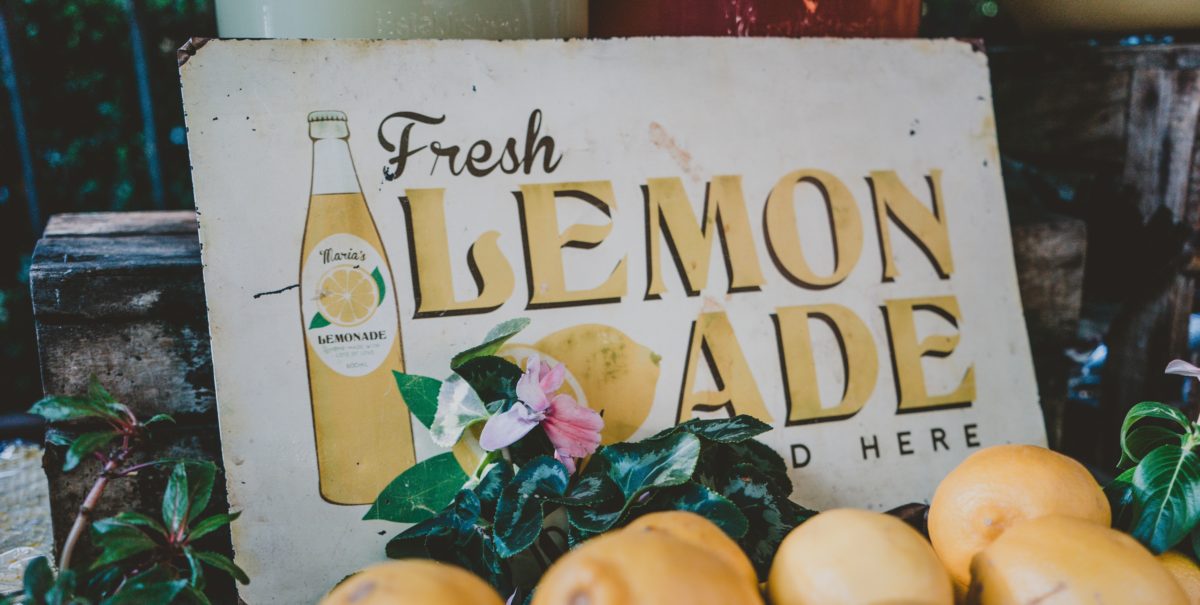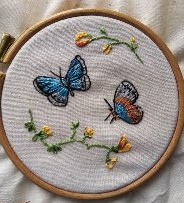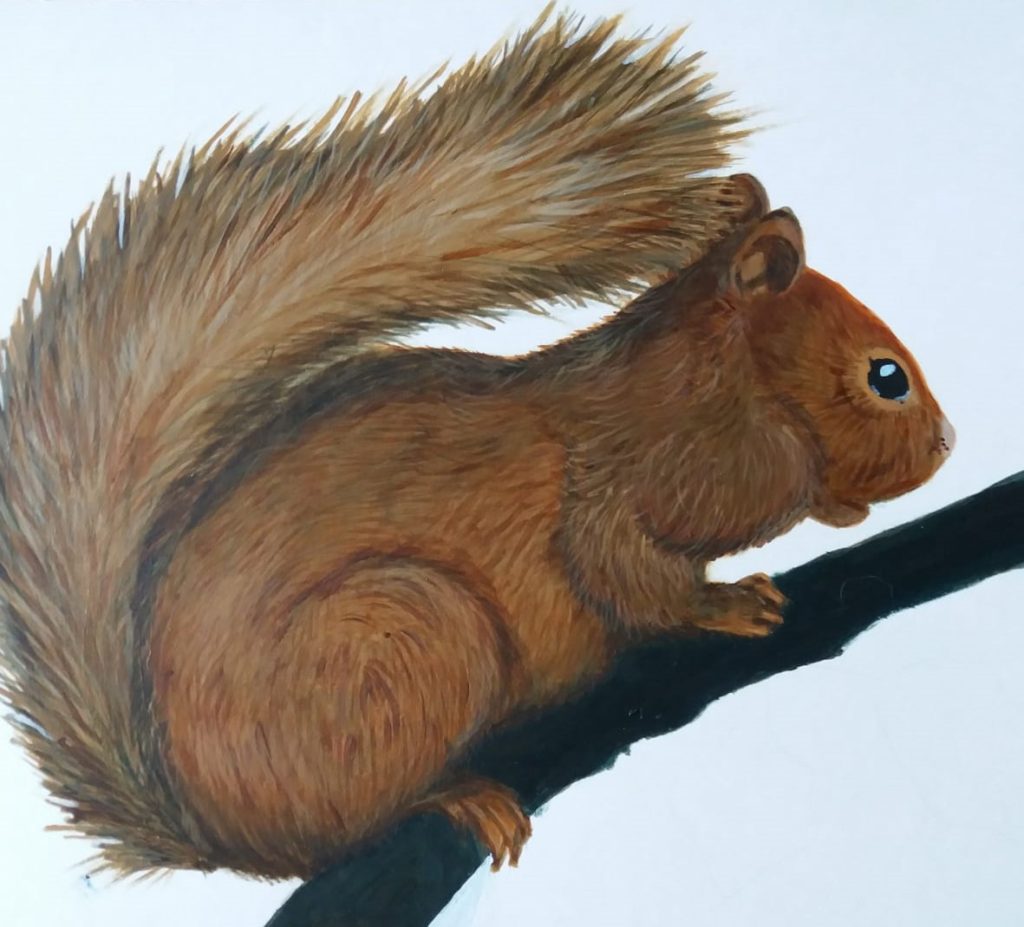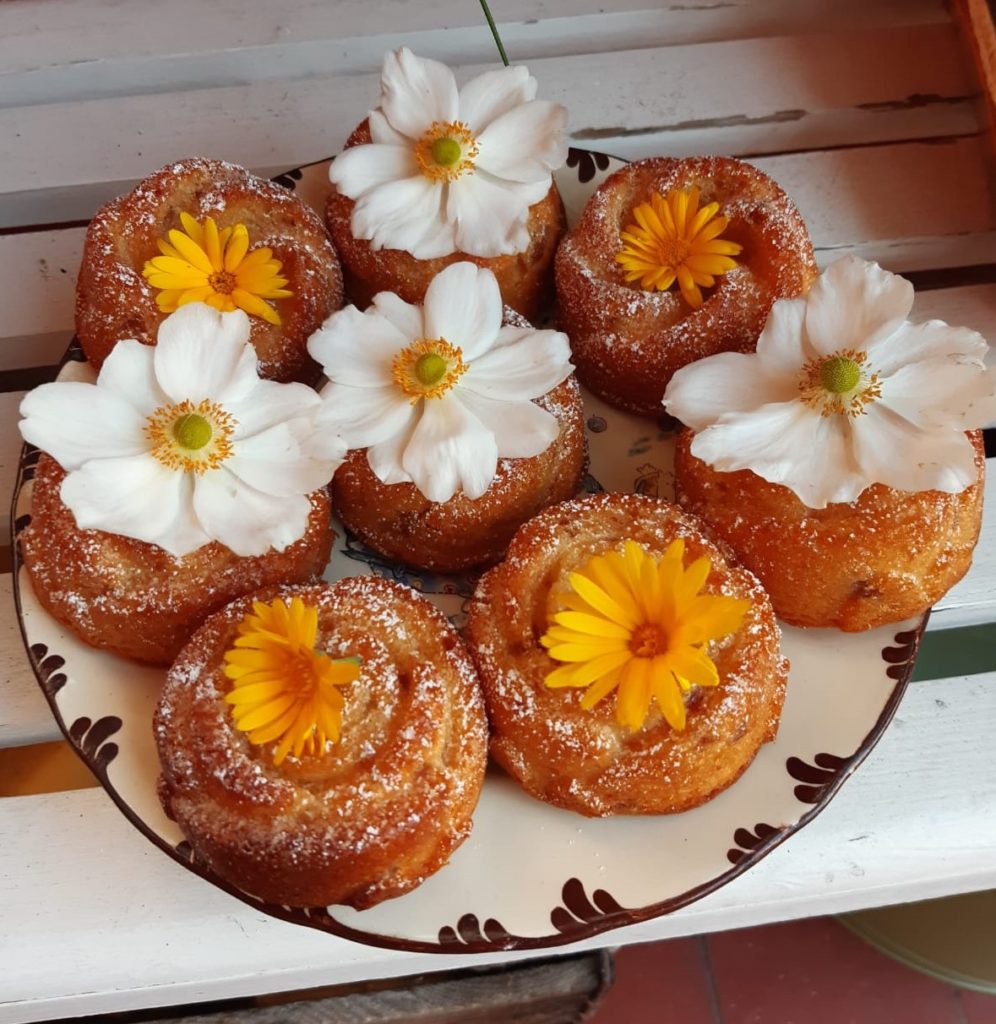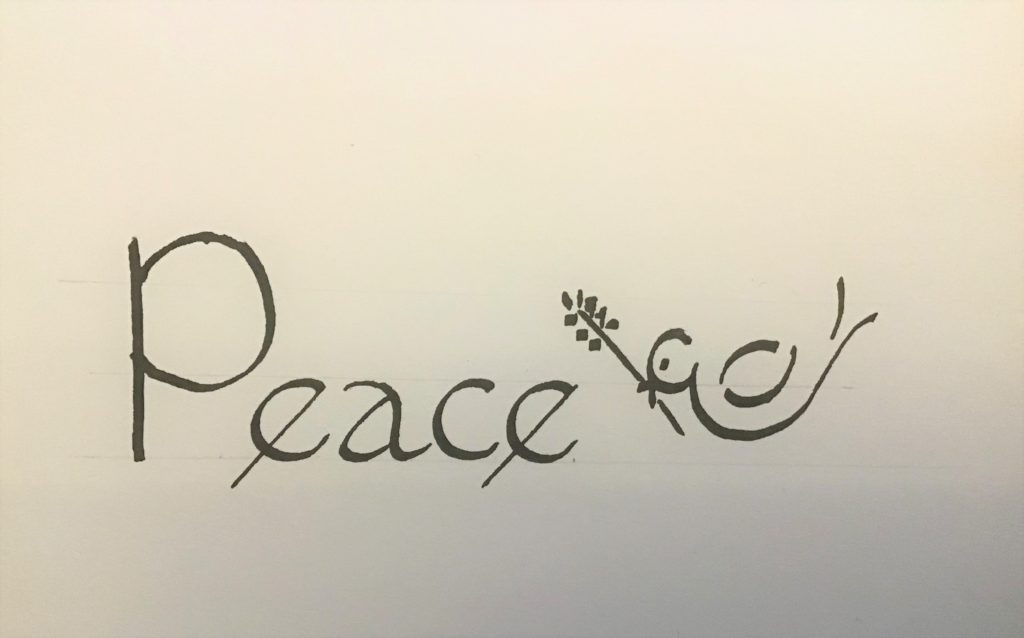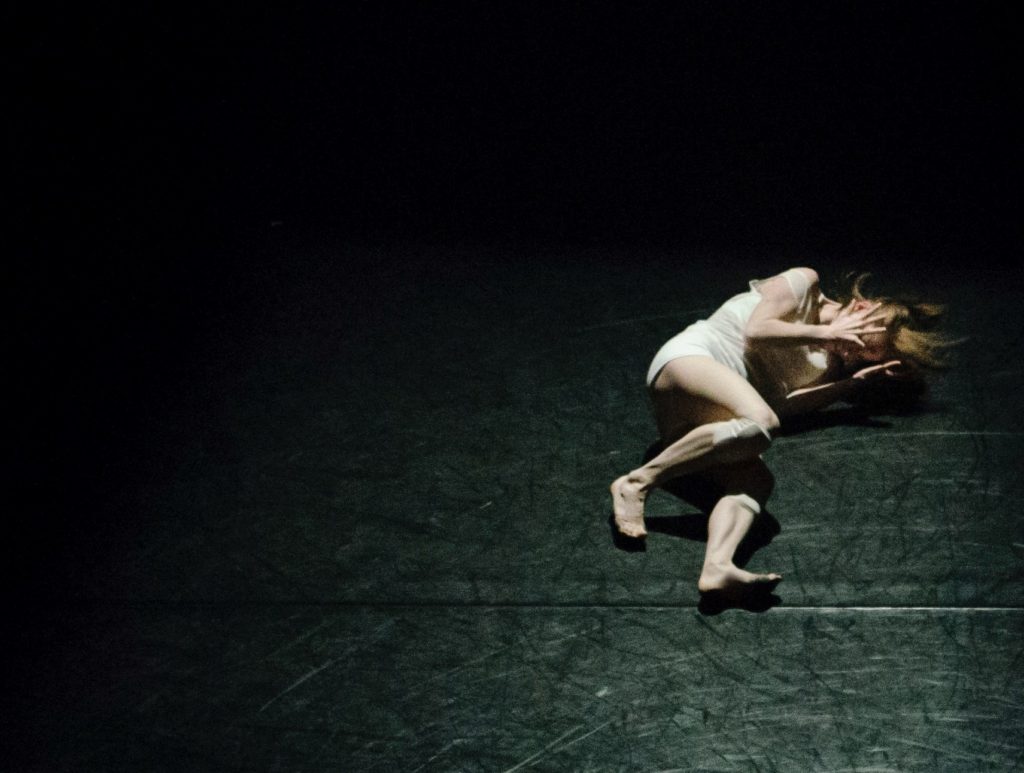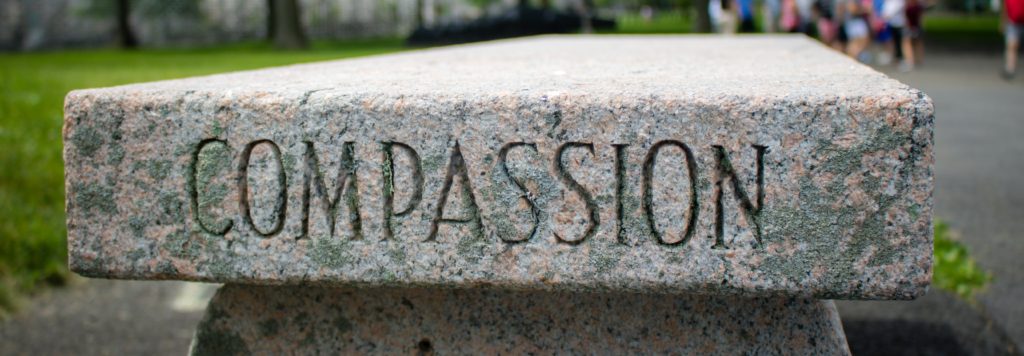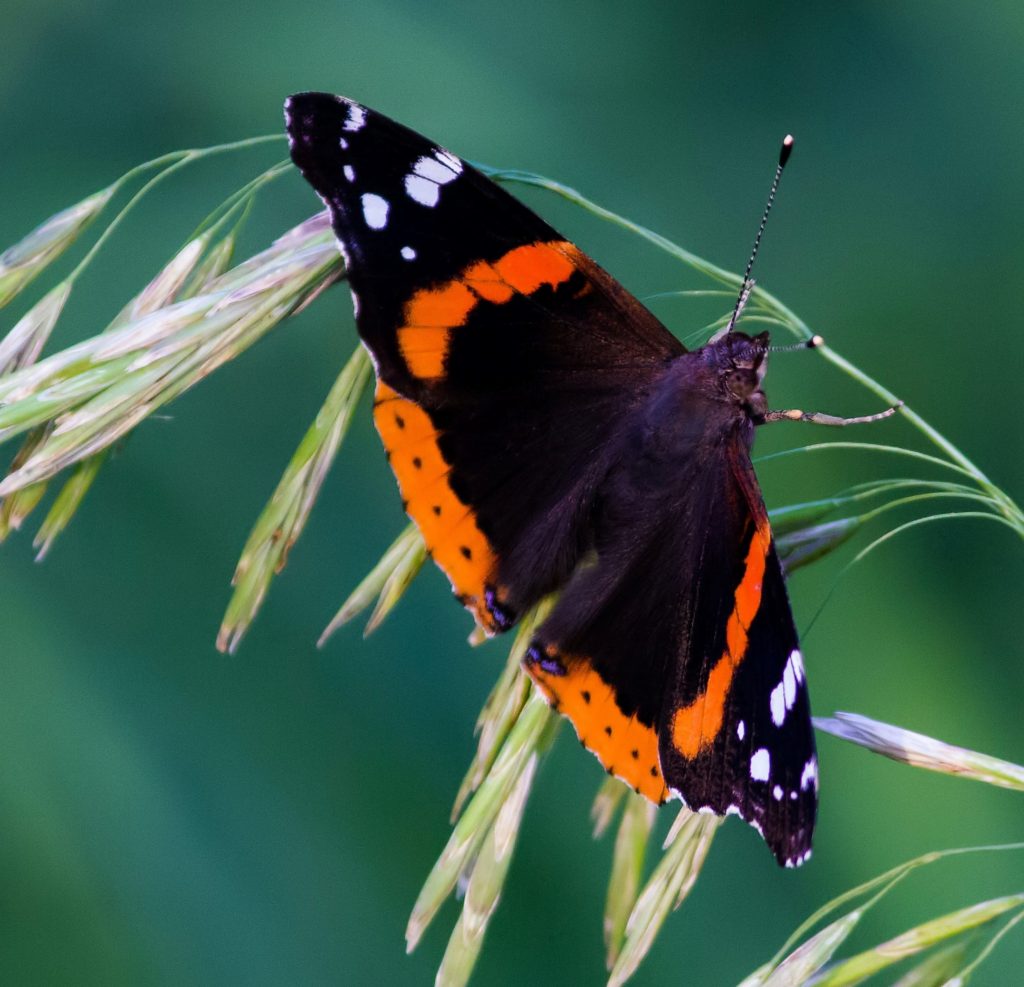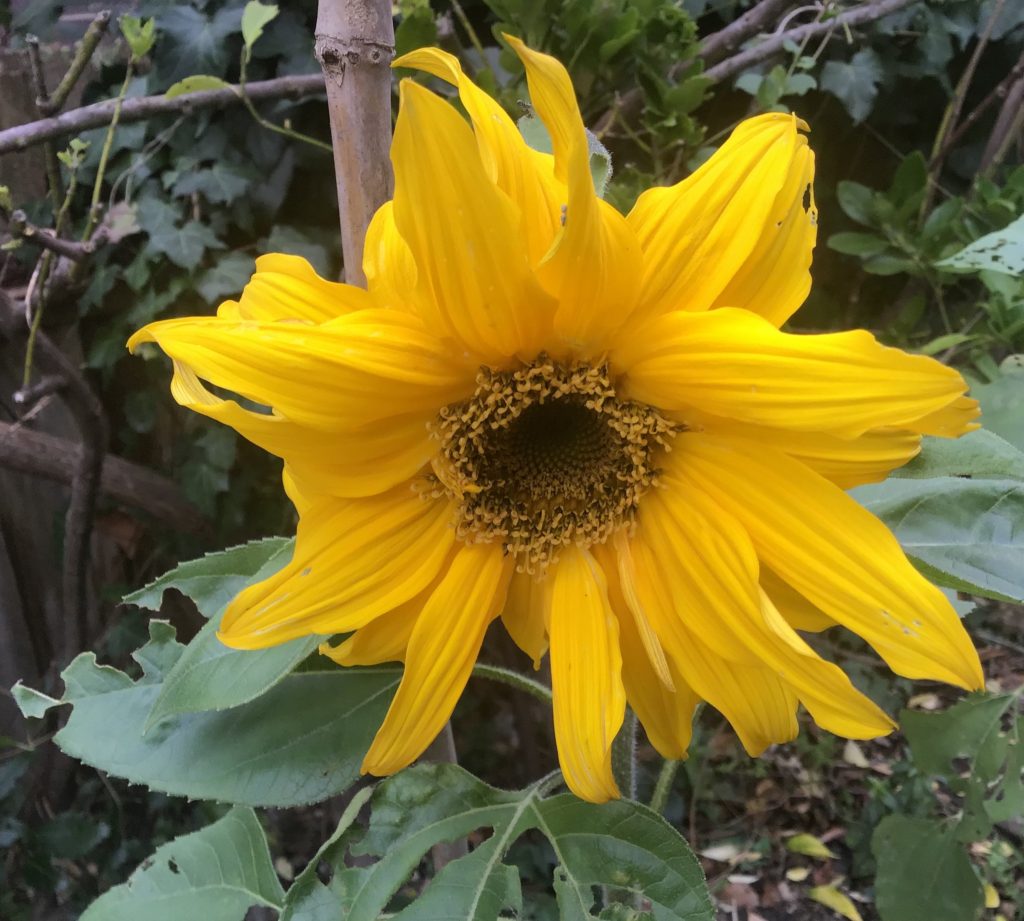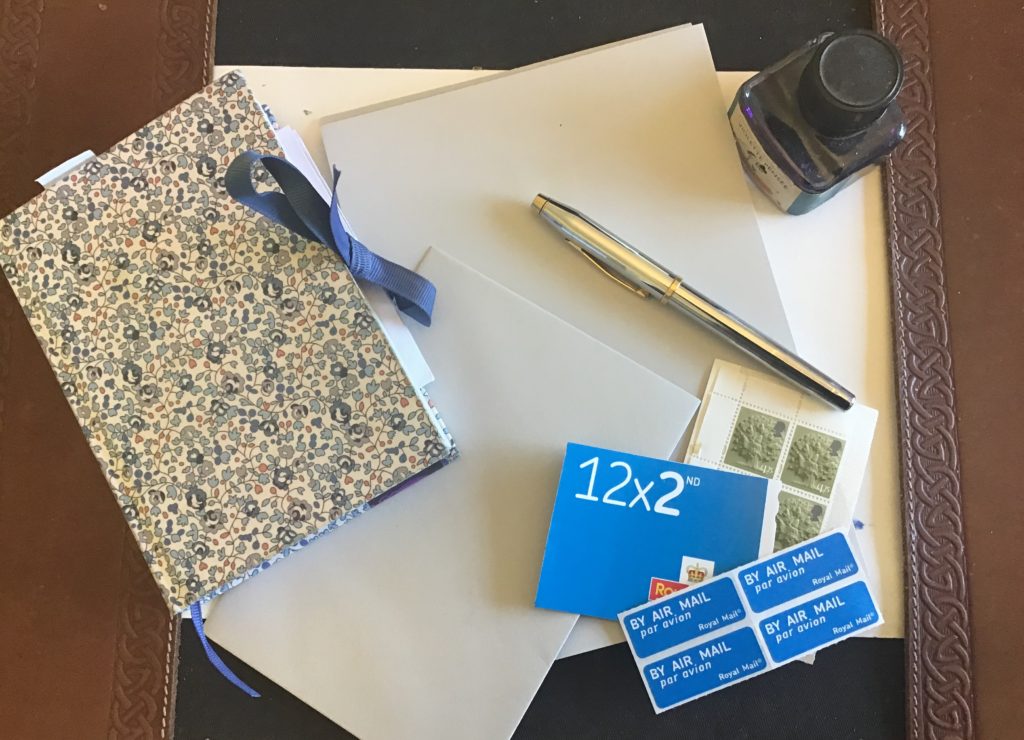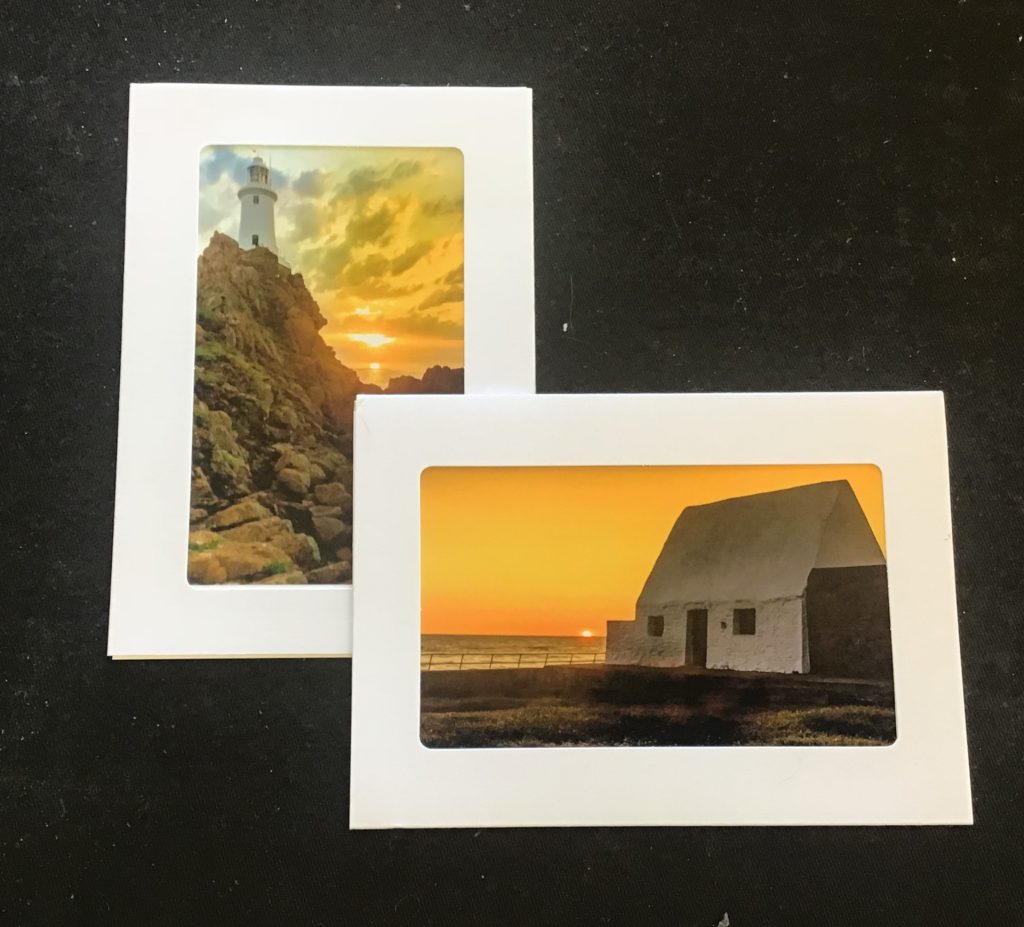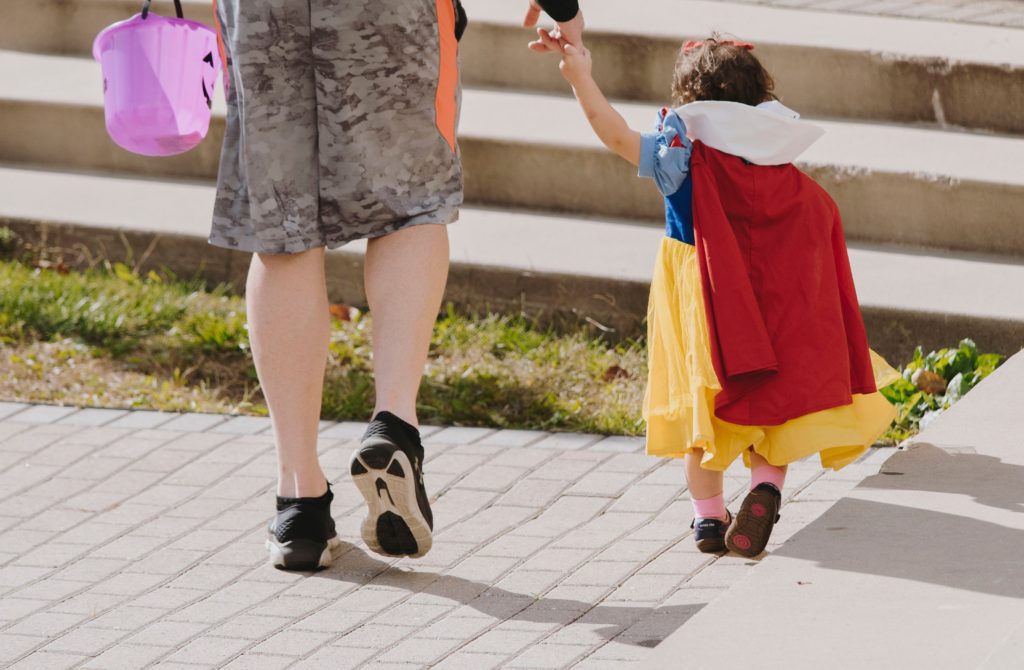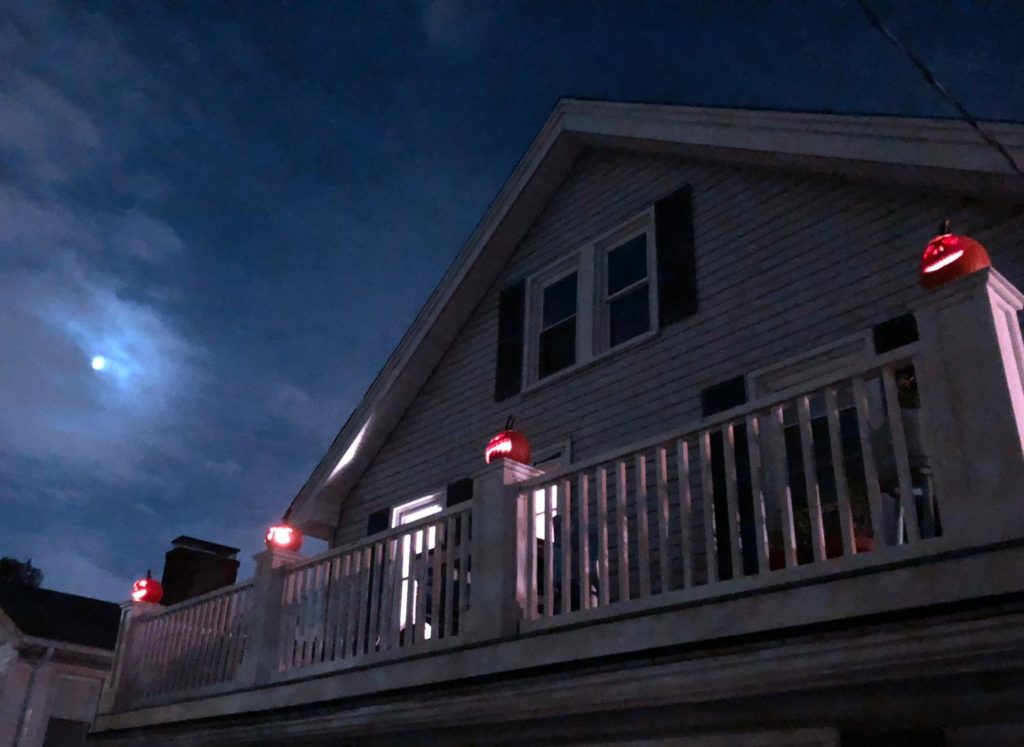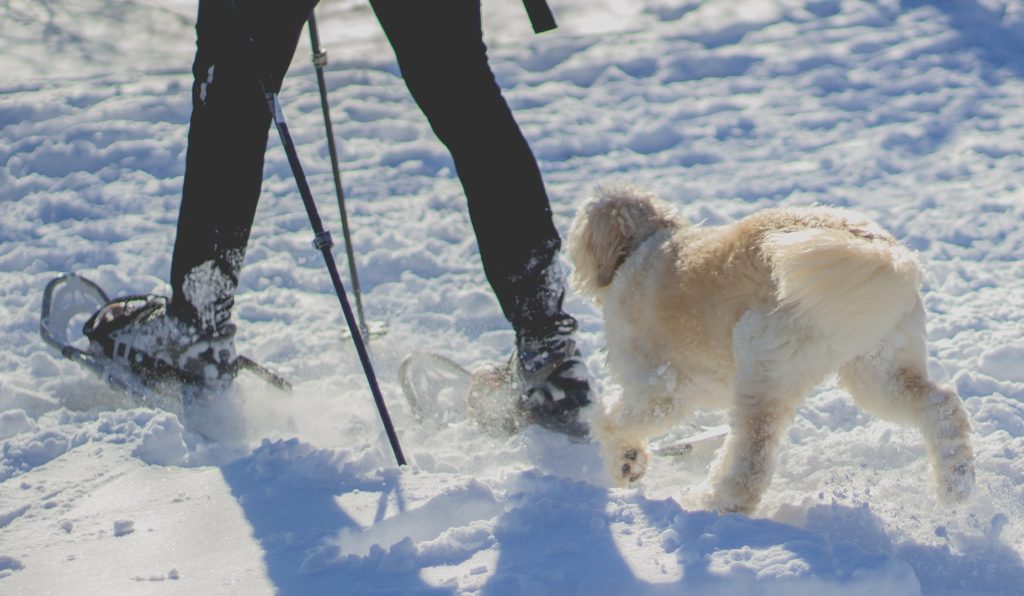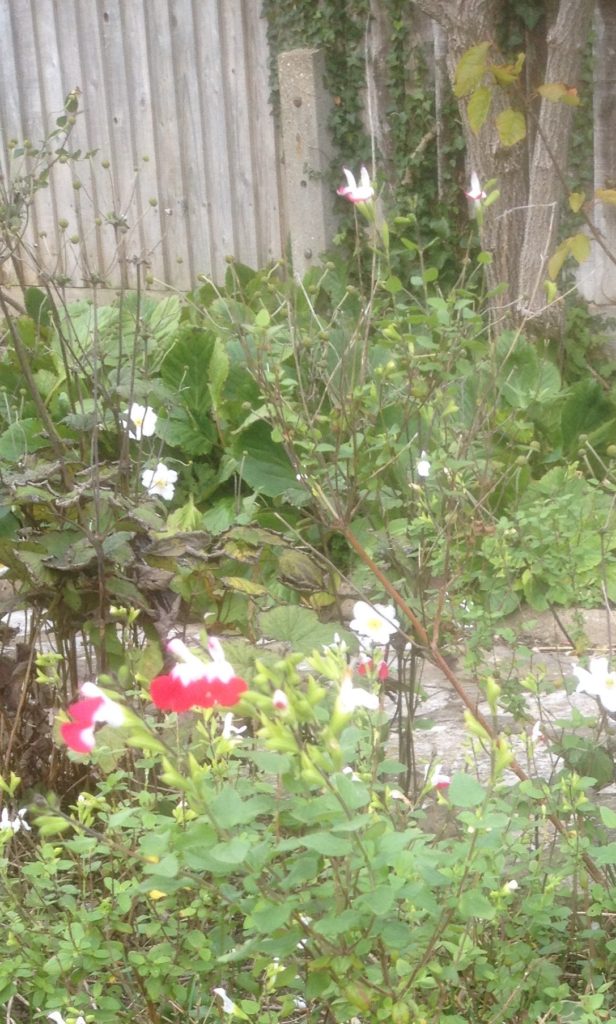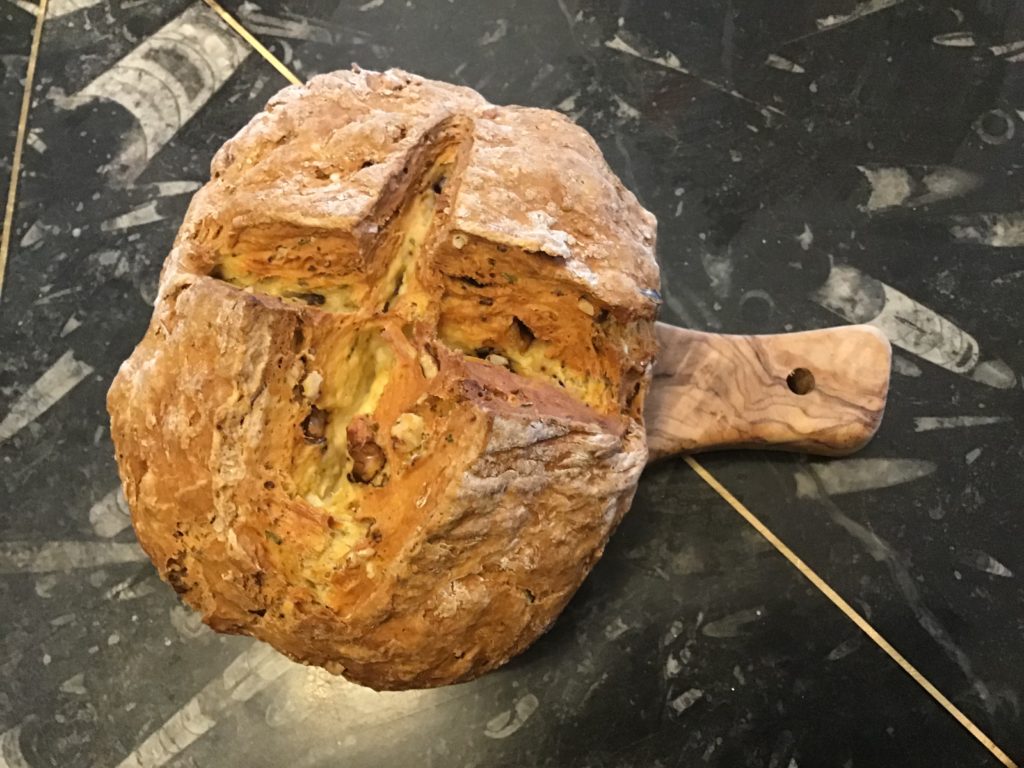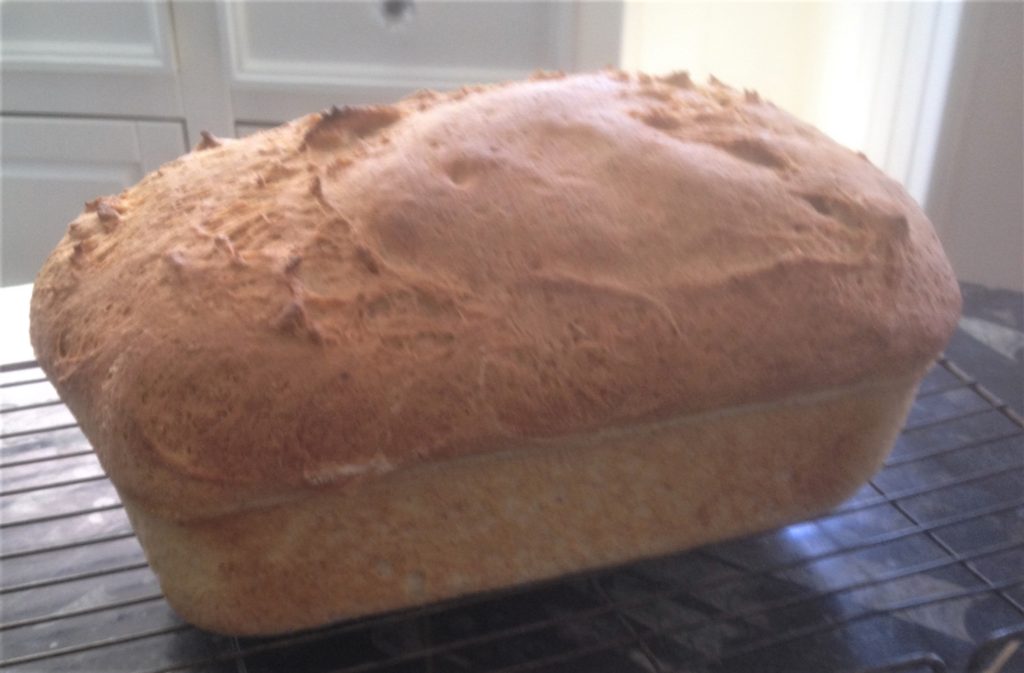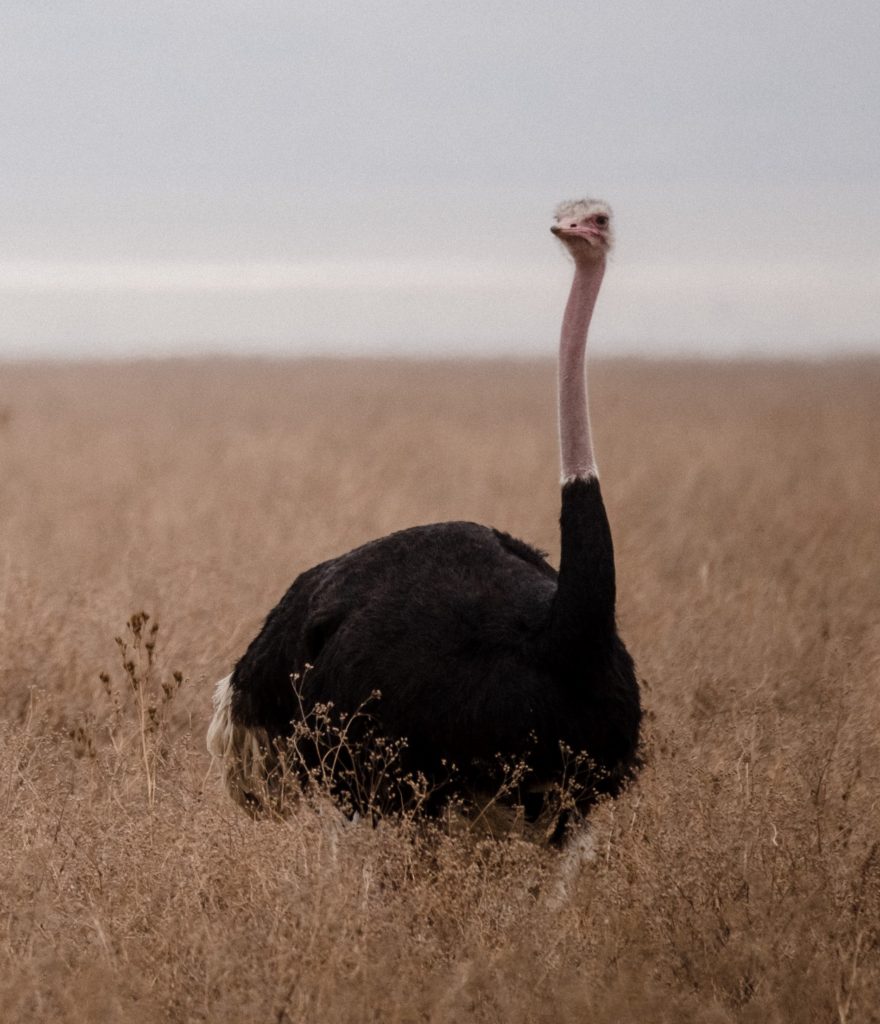Today, at noon, the sun hovers barely 45 degrees above the horizon and is shrouded in thick cloud. And no sooner has the sun risen, it seems, than it is heading back to bed, streaking away in a blaze of cotton candy pink.
And we’re the lucky ones. Living in the South East of England, I get to enjoy almost eight hours of daylight. Head further north and that will be reduced to six. Further north still and days hardly move beyond twilight before slipping back into night. Is it any surprise then that our northern neighbours in Scandinavia make great efforts to celebrate the light? On the 13th December, these countries will be doing this with processions, candles and feasting on Santa Lucia’s Day.
Who was she?
Lucia of Syracuse was born in 283 and martyred in 304. She became one of the most celebrated of saints in the Middle Ages and her story varies from source to source. In essence, she was a child of noble parentage who converted to Christianity and vowed to devote her life and her virginity to her faith. Unfortunately, her mother, with the best intentions, arranged for her to marry a wealthy pagan. Alas, it seems her appeal to him was purely financial, so when he discovered that she was distributing her dowry to the poor/Christians in hiding, he denounced her to the Governor. Outraged by this independent behaviour and refusal to meet his demands, the Governor ordered her to be defiled in a brothel. They could not move her and so tried to set her on fire. This too was unsuccessful and she was eventually killed by being stabbed in the neck. The miracles of her earlier survivals ensured her sainthood.
But how did this Italian martyr come to be revered so many miles away? Like so many important festivals, Santa Lucia’s day fit snugly with an earlier pagan festival celebrating the winter solstice – Yule. The Norse believed that the sun was born on this day, and as they were converted to Christianity, the sun was replaced by the son of God. Under the old Julian calendar, this would equate to the 25 December today. When the calendar changed, Santa Lucia’s Day moved to 13 December. Santa Lucia – whose name derived from the Latin for light – became part of the Advent celebrations. Her light came to usher in the ultimate light of world – the Christ child.
Though the Santa Lucia traditions of feasting and friendship seem very appealing, I shall have to give it a miss this year (at least the socialising bit). However, we can usher in the light in a different way. On the advice of a friend, I have invested in lots of fairy lights. These are festooning the windowsills and mantelpieces and outside the house too. When lit, they bring a primal sense of joy. Snug and cosy in my home, the abysmal weather outside can do me no harm.
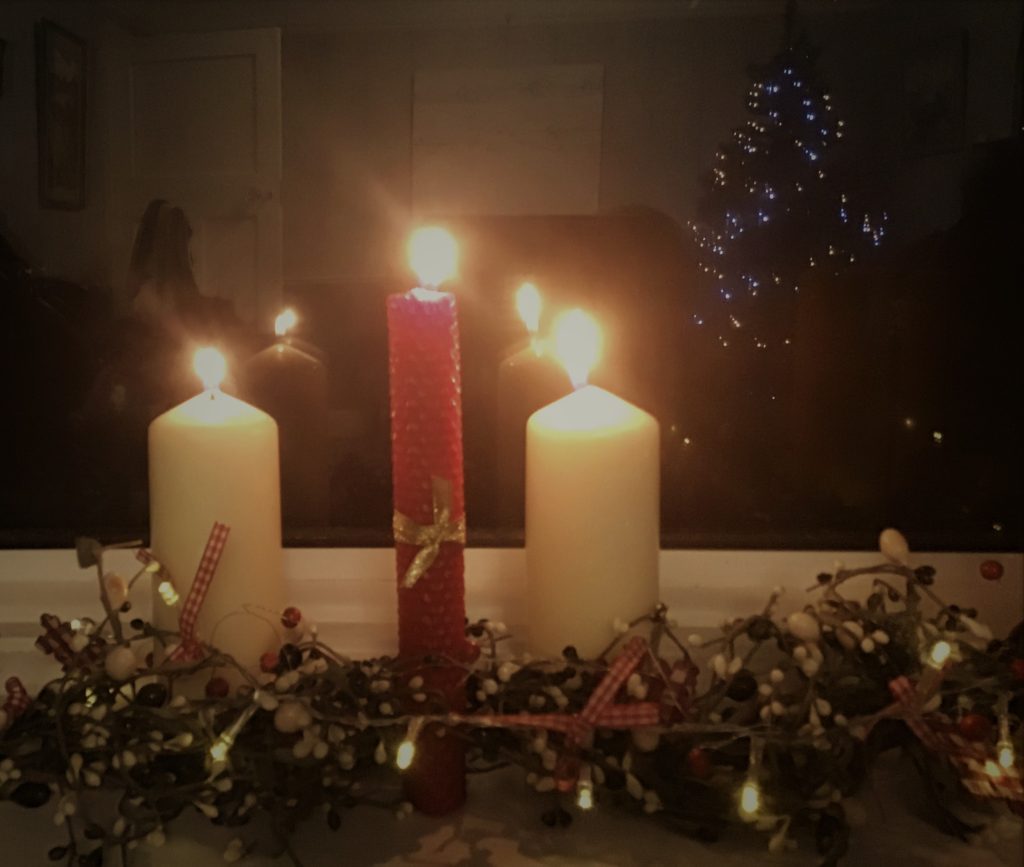
Bring in the light
It seems I am not alone in my quest to banish the dark at this time of year. As we walk the dog, we are treated to any number of extravagant light displays up and down the road. It is a wonderful act of generosity bringing a smile to everyone who passes.
And light, even the dim light of winter is essential to our well-being. It will boost our vitamin D levels and is especially crucial for those of us with MS. It will improve our sleep and help us avoid the winter blues. Venturing out into the cold not only gives us the light exposure our bodies need, but makes the return to the comforts of home even sweeter.
Planning ahead
Next year, perhaps I shall introduce Santa Lucia celebrations to friends and serve the traditional glogg (mulled wine) and make pepparkakor (ginger biscuits). I might even ask folks to dress appropriately as Lucias, Santas, star boys and ginger bread men!
Till then, I shall muse about snowy days and candle lit nights. Here’s a beautiful video by Jonna Jinton to help get you in the mood.
